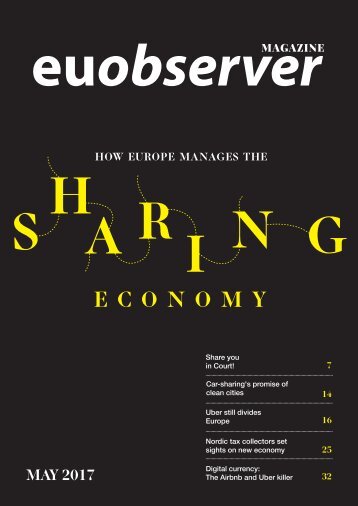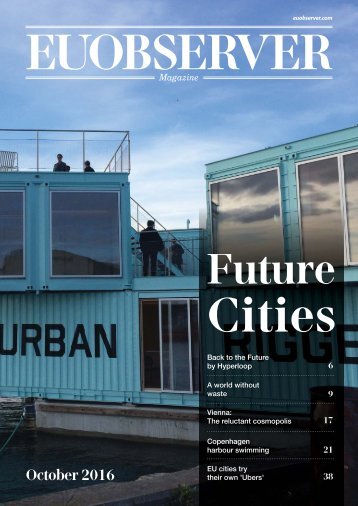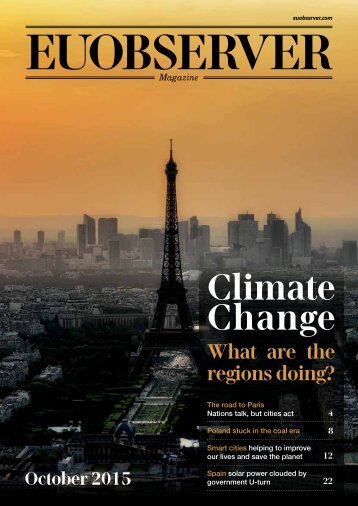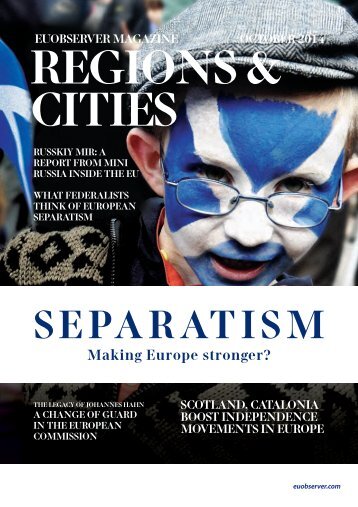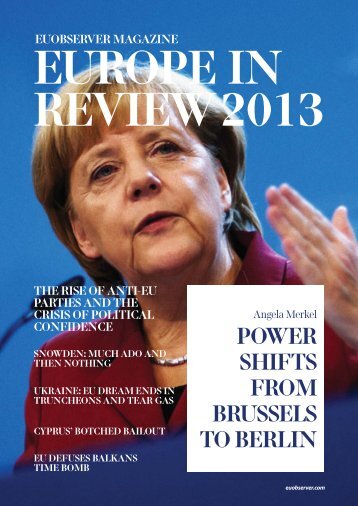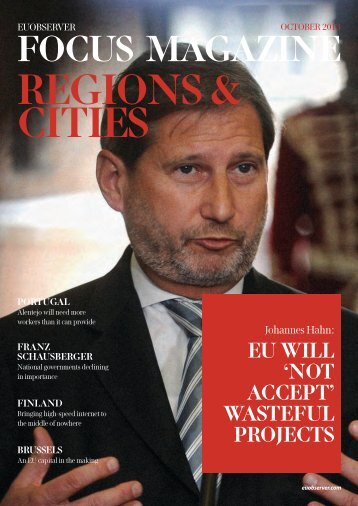Future Cities: Shaping Europe from the bottom up
- Text
- Regions
- Union
- Change
- Energy
- Housing
- Innovation
- City
- London
- Vienna
- Copenhagen
- Environment
- Europe
- Cities
- Hyperloop
- Cities
- Euobserver
In Ger erman y, many ym
In Ger erman y, many ym move to bi g tow owns like eC ologne an dFrankfurt in the west or Lei pzi gand Dre sde n in the east. Few retu eturn. Pho to: Valentina Pop Europe's rare youthful villages Some villages in the EU are bucking the trend by attracting young people. But unless there is outside funding and local action, Europe's countryside will be full of ghosts. By Nikolaj Nielsen D people have ever heard of them. scratching their heads. local infrastructure and an engaged community are among the factors for their apparent success. there and how engaged they are in the matters of the town," she said. Unlike almost every other village in the EU, young people actually want to live there. A handful of other similar success stories are found in eastern Germany. The average age in these villages hovers around 40, another anomaly when compared to other places where old people far outnumber the young. Werlte, a larger town of some 9,900, has an 2014. But overall, the German trend appears to follow the same pattern as everywhere else in the EU. GHOST TOWNS Earlier this year, Italy's environmental agency, Legambiente, warned that some 2,500 Italian towns are at risk of emptying out entirely. increasingly common. 30 — FUTURE CITIES OCTOBER 2016
Last year, the mayor of Sellia, an Italian village in that banned people from dying. But the future of villages in all of Germany remains in places where there is no skilled workforce. villages, leaving behind elderly people, who die with no one to replace them. the east. Few return. As the population drops, investment in infrastructure gets cut and jobs disappear. The east of Germany was hit hard following the fall of the Berlin wall. The youth went west, settled and had families, leaving behind a so-called diminished generation in the east. The negative imbalance between the two halves developed and living conditions improved. replacement. People seeking international protection gravitate to friends or fellow communities. "The areas that are struggling now will continue to struggle with population decline and the migration WALES, A FARMER, AND A PUB Jones tends to cattle and sheep. His story and the story of a village pub show how EU funding can help combat the slow death of Hello! Stay informed. Stay current. Subscribe to EUobserver. Special discount. SAVE 50% 150€ 75€ for 1 year! Discount code: EUOBS50 FUTURE CITIES OCTOBER 2016 — 31
- Page 1 and 2: euobserver.com Magazine Future Citi
- Page 3 and 4: STUDENT VILLAGES ON THE WATER Stude
- Page 5 and 6: studio residences are created which
- Page 7 and 8: from Helsinki to Stockholm in half
- Page 9 and 10: A world without waste A garbage cri
- Page 11 and 12: A Swedish incineration worker watch
- Page 13 and 14: Thames. London School of Economics
- Page 15 and 16: for instance, women with access to
- Page 17 and 18: Thanks to government-funded acco
- Page 19 and 20: RICH IN CULTURE AND MONEY These sur
- Page 21 and 22: Copenhagen harbour swimming Copenha
- Page 23 and 24: streams of small told EUobserve
- Page 25 and 26: WHY DON'T WE JUST DO IT? "It was
- Page 27 and 28: is now London's concentrated in on
- Page 29: © AER REVITALISING DEMOCRACY ACTIN
- Page 33 and 34: In Brussels, the last interestingin
- Page 35 and 36: Photo: John and Melanie (Illingwort
- Page 37 and 38: Culture. Photo: Lisbeth Kirk beer,
- Page 39 and 40: in the summer of 2009. Photo: Windw
Inappropriate
Loading...
Mail this publication
Loading...
Embed
Loading...











